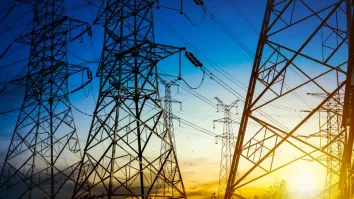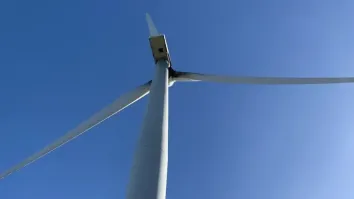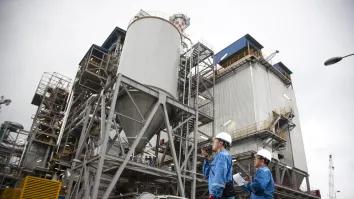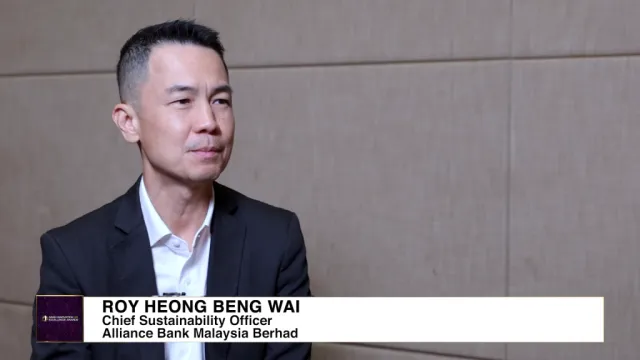
Southeast Asia’s onshore wind capacity to hit 26 GW by 2030
Thanks to short-term policies supporting the rollout of more projects.
Onshore wind capacity in Southeast Asia is projected to jump to 26 gigawatts (GW) by 2030, according to Rystad Energy.
The projected 26 GW capacity is a 19.5 GW jump from 6.5 GW in 2024, Rystad said in its new analysis.
This expansion is fuelled by a combination of short-term policy initiatives such as auctions, project awards and attractive feed-in tariffs (FITs) alongside the rising acceptance of mainland Chinese wind turbines.
“With more mature technology, falling equipment costs and improved performance even at lower wind speeds, onshore wind is increasingly a competitive option for meeting renewable energy targets,” said Raksit Pattanapitoon, lead renewables & power analyst, APAC, Rystad Energy.
Vietnam remains the largest market dispute policy-driven fluctuations, followed by the Philippines and Thailand. Meanwhile, Laos just entered the onshore wind market with the commissioning of Southeast Asia’s largest wind project in August, built solely to export power to Vietnam.
“Countries such as Laos, Cambodia and potentially Indonesia have an opportunity to learn from the experiences of Vietnam, Thailand and the Philippines,” Rystad said.
“In these markets, a rapid rollout of initial projects (about 4 GW in Vietnam, 1.5 GW in Thailand and 400 MW in the Philippines) within a short timeframe was followed by a prolonged project drought due to a lack of policy continuity, resulting in no new construction in Vietnam since 2021, in Thailand since 2019 and in the Philippines since 2015,” it added.
Rystad noted that the long-term success of onshore wind in the region will hinge on consistent policies, stronger grid integration and establishing local supply chains.
“Continued government support and collaboration within the industry are crucial to building a resilient wind market and ensuring wind energy becomes a key pillar of the region’s renewable transition,” it added.

















 Advertise
Advertise






